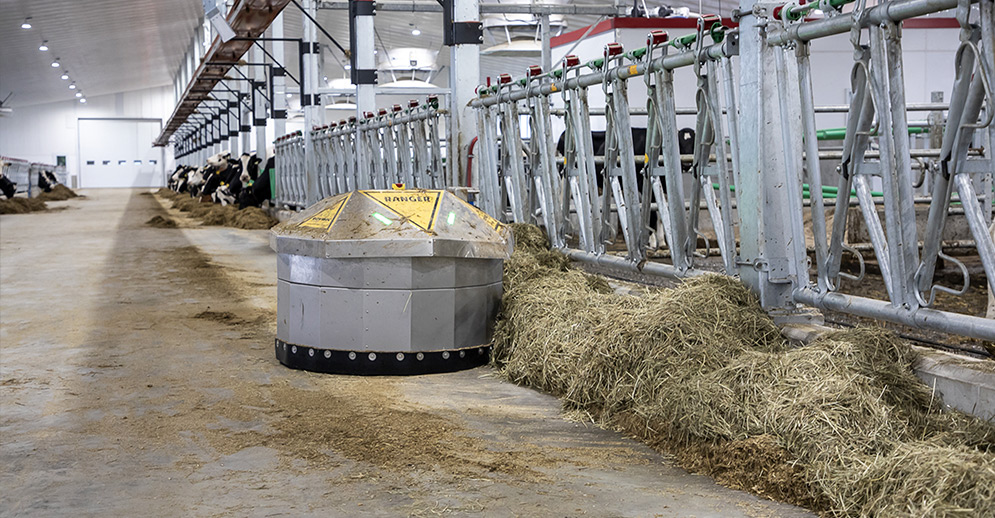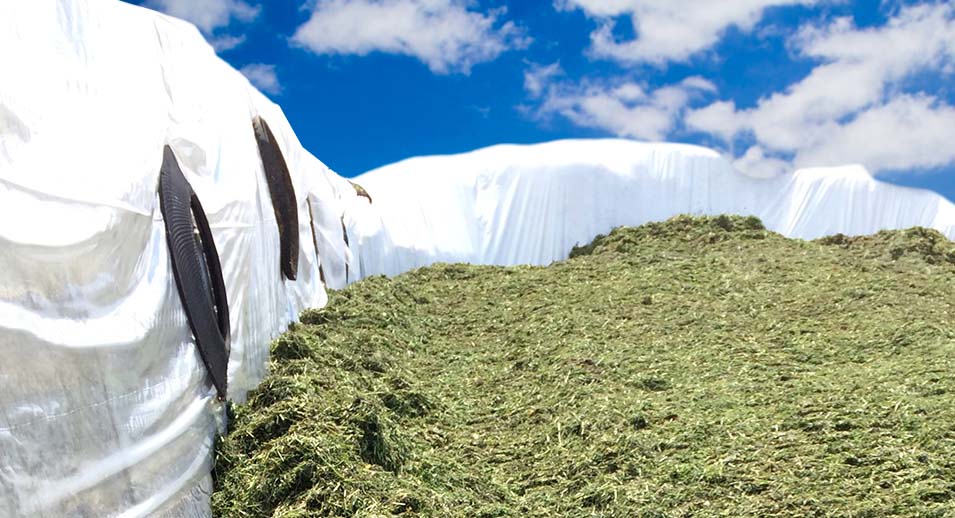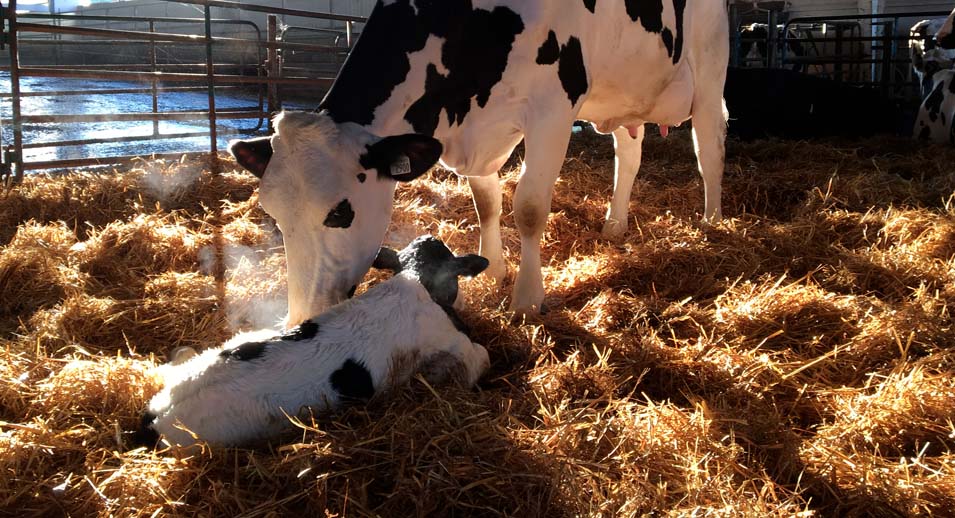You can produce more for less!
- November 19, 2020
We looked at the data from herds enrolled in the Lactanet feeding and nutrition option and made several interesting observations. Among other things, we noticed that herds that produce a lot of milk fat do not necessarily have a high feed margin. We also saw that it is possible to have high productivity while having low concentrate costs, resulting in an enviable feed margin. The key to success is controlling feed costs.

How?
When there is a problem with concentrate costs on a farm, we inevitably come to one of the following conclusions:
The milk/concentrate ratio (kg/kg) is low;
- The cost of concentrates per tonne is high.
These are the indicators that a business must work on in order to improve the cost of producing milk. It is imperative, however, to find a way to decrease the cost of concentrates without negatively affecting production. In fact, our data demonstrates that a good margin always goes hand in hand with good productivity.
Some Solutions to Explore
Having a low milk/concentrate ratio means that our cows must produce more with the amount of concentrates available to them, or that they receive too many concentrates for the quantity of milk that they can produce.
The first thing to look at in this situation is the forage value. Feeding quality forages allows for the reduction in amounts of concentrates fed, and consequently, decreases costs. As a bonus, the cows should also increase their forage intake and produce even more milk!
To get maximum value from our forages, it is important to pay special attention to how they are preserved, and how they are fed. Good feed bunk management can make a huge difference! A feed bunk that is clean, with fresh feed available at all times, and that is pushed in frequently will help the cows to eat sufficient quantities of forage.
Of course, it isn’t only forages that can help increase the milk/concentrate ratio. We can also look at transition, comfort, the calibration of concentrate distributers, etc. The list of potential solutions is long, and many of these solutions have the advantage of being quick and easy to apply on the farm.
If the cost of concentrates per tonne is high, there are several other avenues to explore. We can look for opportunities to use less expensive feeds in the ration and check to see if the additives being used truly offer a profitable return on the investment. Of course, it is also possible to assess whether savings are possible in terms of how they are supplied to the farm: volume, format, cubed or not, possible discounts…
The Importance of Monitoring
After having discovered a problem and put solutions in place, it is important to validate if the solutions are truly effective. Feed margin must be monitored regularly in order to keep ones business at peak profitability. Nothing is better than a clear signal when we are going in the wrong direction or a pat on the back when we have done the right thing! Furthermore, it is important to remember that the economic context varies over time. In three months, the price of milk and feed will no longer be the same. It is normal to see the farm’s margin vary but the important thing is to check regularly to see if you are going in the right direction as compared to the average.
Will you know how to guide your business to its peak profitability?












